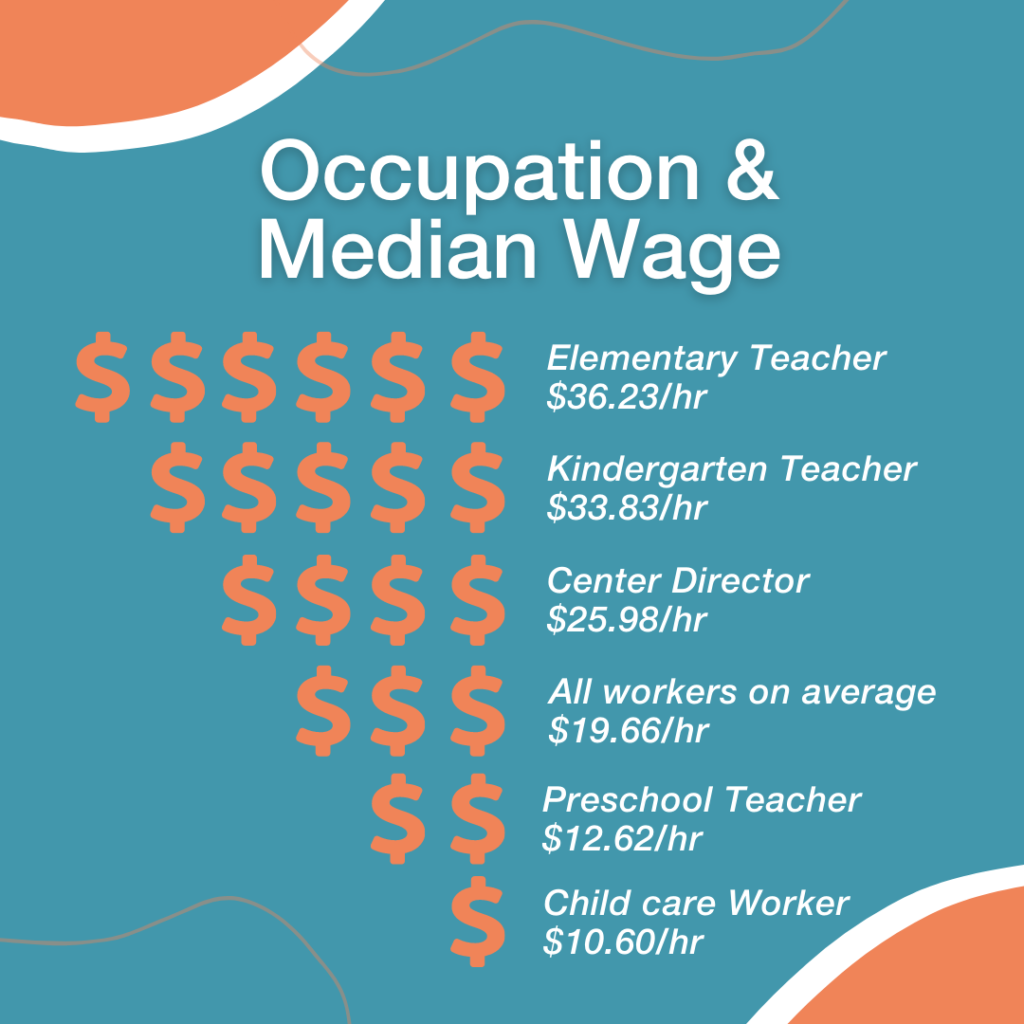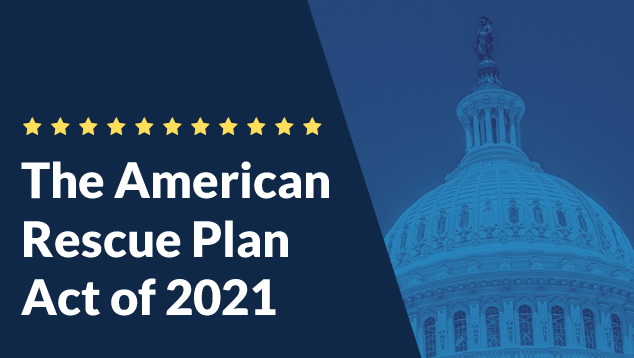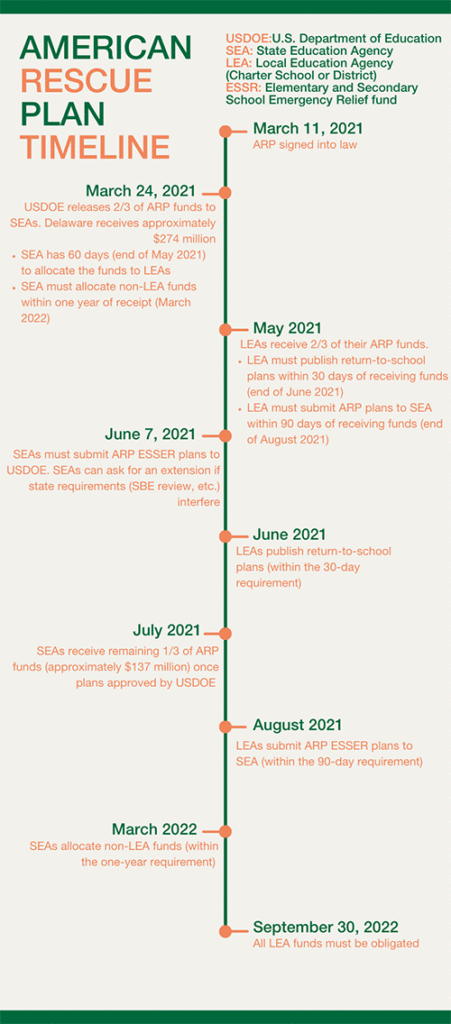-Senate Concurrent Resolution 50 would create an annual report on home visiting services in Delaware, managed by three state agencies.
-Home visiting programs employ trained social service professionals and nurses to address the various needs of young children and their families.
-Only two percent of eligible families take part, leading to stagnant growth and improvements.

Home visiting programs support families and children in the first and most important years of a child’s development. Kids don’t come with instruction manuals, so many local providers bring crucial services directly to families’ living rooms. As paraphrased by DE Thrives:
Home visiting is a free program where a nurse or support specialist visits a family’s home, or place that works for them, to support what the family and child need. The nurse or specialist will give tips, connect families with services, and continue to support the family and child through early development.
Research shows that evidence-based home visiting programs are proven to be beneficial for families and children ages birth to five. Home visiting programs are also one of the highest return on investments states can make, yet Delaware only serves about two percent of families with children under age five in Delaware.
A new resolution introduced in the legislature could help Delaware begin to identify solutions and strategies to address challenges home visiting programs face statewide.
What’s in the resolution?
Senate Concurrent Resolution 50 (SCR 50) calls for the creation of an annual report on home visiting programs in Delaware. SCR 50, introduced by Senator Kyle Evans Gay, provides the protocols for the report and requires it be produced by the Department of Health and Social Services with the Department of Education and the Delaware Home Visiting Community Advisory Board. The annual report must include a summary of current practices and challenges, as well as program recommendations. More specifically, the report must have:
- A summary of all evidence-based home visiting programs, including operating agencies, funding streams, geographic reach, demographic and utilization data, performance measures, etc.
- A section addressing challenges to delivery of services based on needs.
- Recommendations for improvement that include issues around financing, recruitment and retention of staff and families, strategies for equitable access and capacity, research on best practices, assessment of potential resources for families, data collection strategies, and family engagement techniques.
Once complete, the annual report would need to be submitted for review by the governor, the Delaware State Senate, the Delaware State House of Representatives, the Delaware Kids’ Caucus, and the Delaware Early Childhood Council no later than November of each year.
Why does this matter?
Home visiting programs employ trained social service professionals and nurses to address the various needs of young children and their families. Delaware offers a wide range of evidence-based home-vising programs such as: Nurse Family Partnership, Healthy Families America, Parents as Teachers, and Early Head Start. Home-visiting programs benefit parents as well as children and can also serve as a connector to quality child care programs.
Despite the benefits home visiting programs provide, only about two percent of eligible families (with children birth through age five) take advantage of them. Only 80 percent of all statewide home visiting opportunities are utilized. As a result, continuous expansion and improvements have been elusive. Research shows that 65,400 children and 50,400 families could benefit from home visiting services.
Another challenge is transparency. Currently, there is no annual public report on home visiting programs in Delaware. This resolution would provide that transparency along with strategies and recommendations on ways Delaware can address challenges and expand access to more families and children.
Stakeholders across the state have recognized the importance of doing more to strengthen and expand home visiting programs in Delaware.
- The DECC along with First Lady Tracey Quillen Carney, have both expressed their shared vision of a universal tiered system of home visiting in the future.
- The Vision Coalition’s plan for Delaware education, Student Success 2025, also includes a recommendation and vision for home visiting in Delaware. Specifically, the recommendation calls for “increased access to evidence-based home-visiting services for families of children most at-risk for school failure.”
Implementing an annual report that looks at challenges and recommends strategies for improvement would help Delaware bring crucial services to more families.




